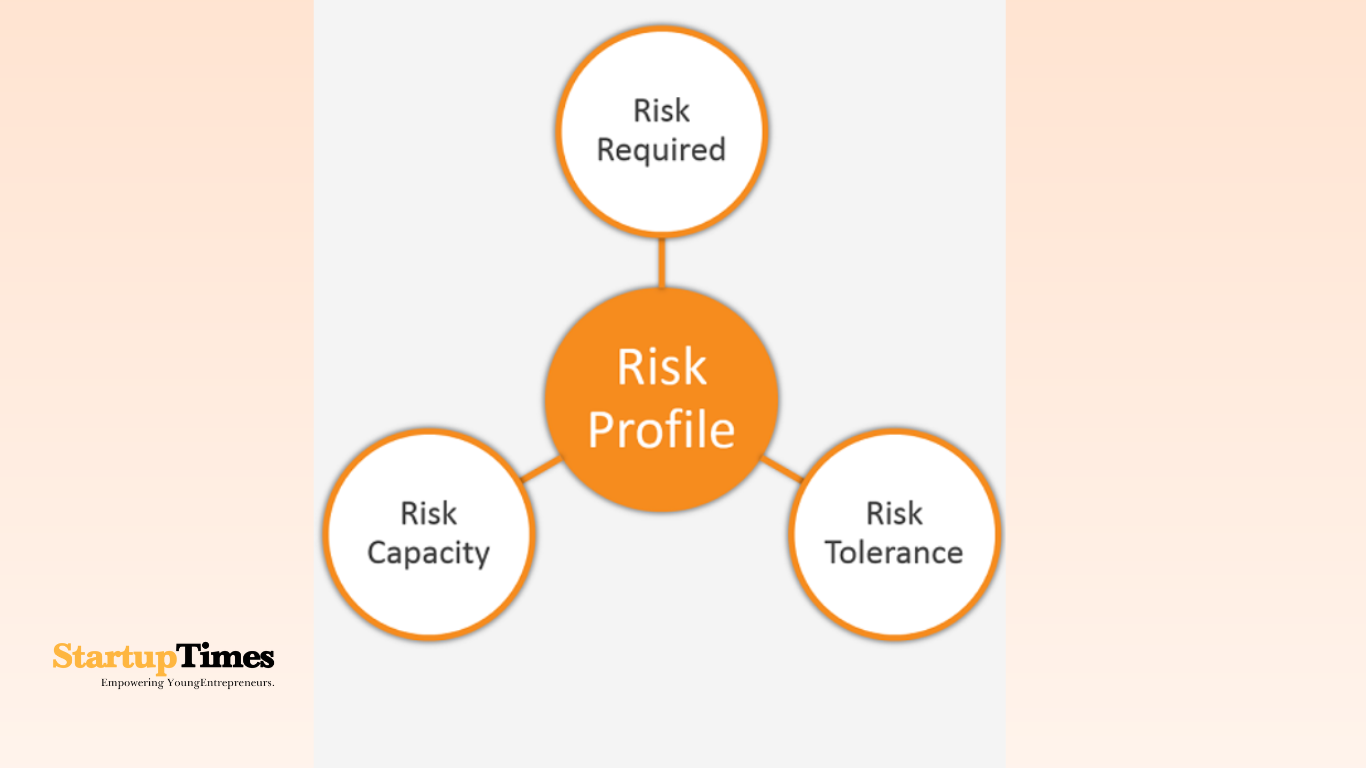In the dynamic world of investments, especially for those venturing into startups or high-growth sectors, the allure of significant returns often comes hand-in-hand with substantial risk. While ambition is key, a crucial step for any discerning investor is to objectively understand their own risk profile. This isn't just about how much volatility you can stomach, but how much you should take. The core distinction lies between your risk tolerance and your risk capacity.
Many new investors, perhaps swept up in market euphoria or the excitement of a promising startup, often confuse these two concepts. Understanding the difference is paramount to making informed decisions that align with your financial goals and personal well-being.
Risk Tolerance: Your Emotional Comfort with Volatility
Risk tolerance refers to an investor's emotional willingness and psychological comfort level with taking on investment risk. It’s about how you feel when your portfolio swings wildly, or when a promising startup faces a significant setback. Are you the type to lose sleep over a 10% market dip, or do you view it as a buying opportunity?
Factors influencing risk tolerance include your personality, past investment experiences (both good and bad), your general attitude towards uncertainty, and even your age. Younger investors, with more time to recover from potential losses, might inherently have a higher psychological tolerance for risk. Conversely, those nearing retirement, or individuals with a naturally cautious disposition, typically have a lower risk tolerance. It's largely subjective and varies greatly from person to person.
Risk Capacity: Your Financial Ability to Absorb Losses
In contrast, risk capacity is a more objective measure. It refers to your financial ability to take on investment risk and absorb potential losses without jeopardizing your essential financial goals or lifestyle. It's not about feelings, but about facts.
To assess your risk capacity, consider factors such as:
- Time Horizon: How long do you have until you need the money? A longer time horizon generally means greater capacity to recover from downturns.
- Financial Goals: Are you saving for a down payment next year or retirement in 30 years? Short-term goals demand lower risk.
- Income Stability: Do you have a steady, secure income, or is it variable? A stable income provides more capacity.
- Existing Savings & Emergency Fund: Do you have a robust emergency fund and sufficient savings outside of your investments? This safety net increases your capacity.
- Debts & Liabilities: High debts can significantly reduce your capacity to take on investment risk.
For a startup investor, understanding risk capacity is especially critical. Can you afford to lose the entire investment in a startup without it derailing your financial future? For most, a small percentage of their total investable assets might be allocated to high-risk ventures, irrespective of their high tolerance.
Why the Distinction Matters
The danger lies when an investor's high risk tolerance (their willingness to take risk) is not matched by their actual risk capacity (their ability to afford the risk). Someone might be emotionally comfortable with a risky startup investment, but if that money is needed for a child's education in two years, their capacity for that risk is low. Investing beyond one's risk capacity can lead to forced selling at a loss during a downturn, or severe financial distress.
Conversely, someone with high risk capacity (e.g., a high net worth individual with stable income and no immediate need for funds) might have a low risk tolerance. They can take on more risk, but they choose not to because it causes them undue stress. In such cases, a financial advisor might help them understand how conservative investing could impact their long-term growth.










